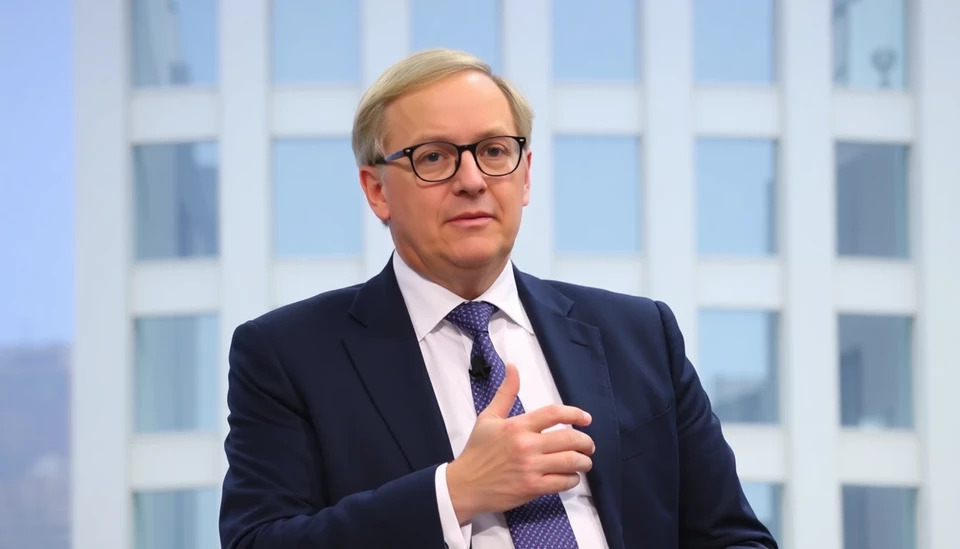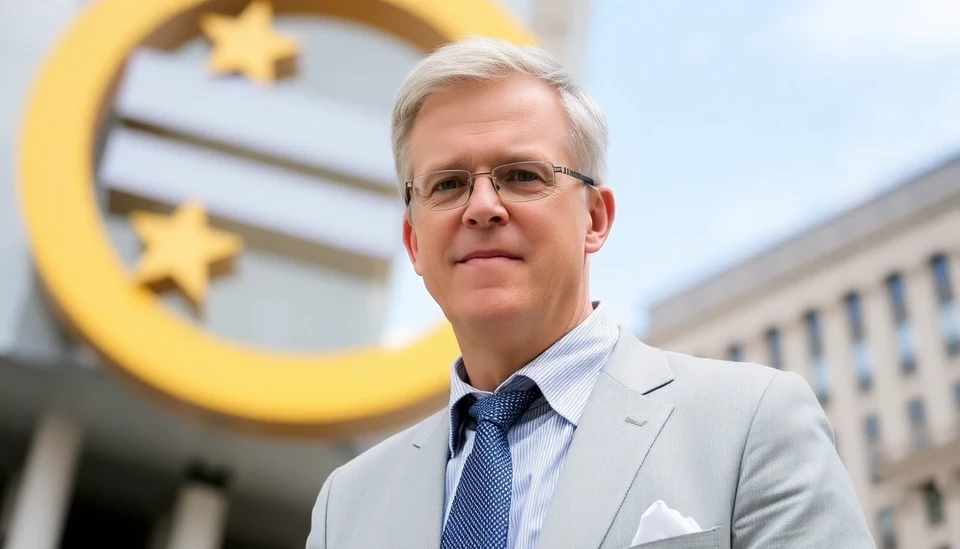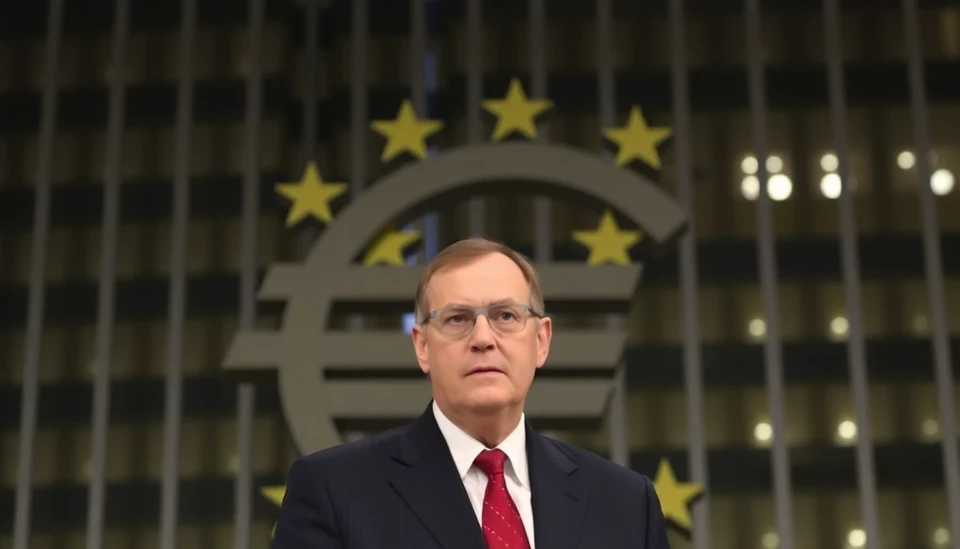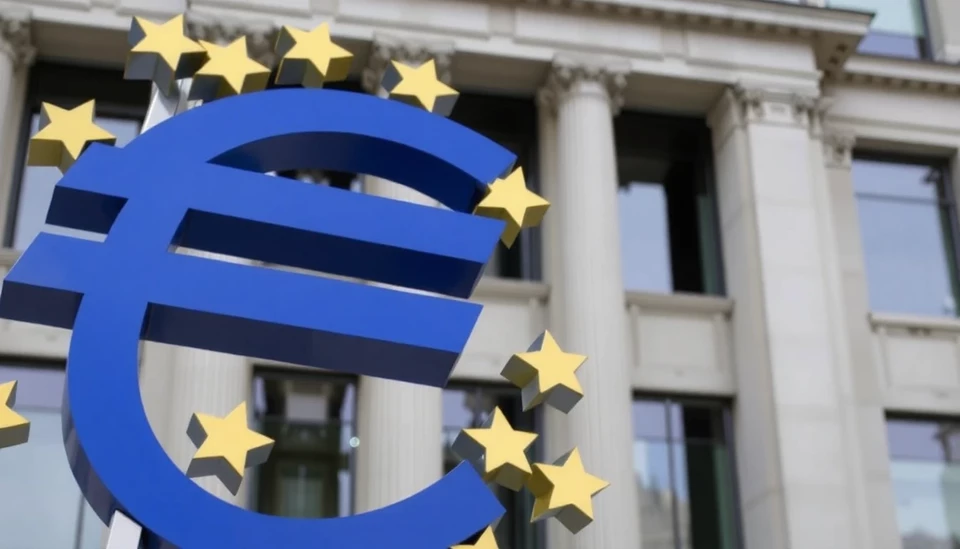
In recent discussions, European Central Bank (ECB) officials have emphasized the necessity of maintaining a flexible approach to monetary policy, particularly regarding the pace of potential interest rate cuts. As the economic landscape grows increasingly complex, these officials are advocating for options that ensure responsiveness to changing conditions, rather than a fixed trajectory for rate adjustments.
The consensus among ECB policymakers reflects a broader understanding of the challenges currently facing the Eurozone economy. With inflationary pressures showing signs of alleviation but uncertainty lingering about growth, officials are wary of committing to a definitive timeline that could limit their ability to respond to new economic data. The ECB’s recent inclination towards a more cautious stance demonstrates recognition of the delicate balance required to navigate current economic fluctuations.
During a meeting where key figures articulated their positions, the sentiment was clear: while there is an awareness that inflation has moderated, and the labor market remains robust, the risks associated with an abrupt shift in policy must be carefully weighed. Some policymakers cited the ongoing geopolitical tensions and supply chain disruptions as potential destabilizing factors that could complicate the economic recovery process in Europe.
The resulting dialogue has suggested that if the economic indicators do not evolve as anticipated, the ECB might reconsider the timing and scope of any interest rate cuts. In particular, there is a focus on how rising interest rates in other parts of the world could influence the Eurozone economy, leading to potential volatility in investment and consumer behavior.
Moreover, the discussions point towards an increasingly interconnected global economy where decisions made by major central banks can have cascading effects. ECB officials have underlined their commitment to closely monitor international developments, asserting that any potential rate changes will not occur in a vacuum but will consider external pressures that might impact growth and inflation domestically.
Contentions have also arisen regarding inflation targets. While many officials support the established target of 2%, there are voices advocating for a more flexible interpretation that takes into account the asymmetric impacts of inflation across different sectors of the economy. Such a consideration could lead to a more nuanced approach to when and how cuts might be implemented.
In conclusion, the ECB's current strategy appears to prioritize flexibility in monetary policy, with officials signaling their readiness to adapt to evolving economic realities. By keeping options open for future rate cuts, the ECB aims to safeguard the Eurozone economy against unforeseen challenges while still pursuing its overarching goal of price stability and sustainable growth.
As the situation continues to unfold, market watchers will be paying close attention to upcoming meetings and reports from the ECB, eager to glean insights into how these discussions may shape future monetary policy and the broader economic health of the region.
#ECB #InterestRates #MonetaryPolicy #EconomicOutlook #Inflation #Eurozone #CentralBank #FinancialNews
Author: Daniel Foster




